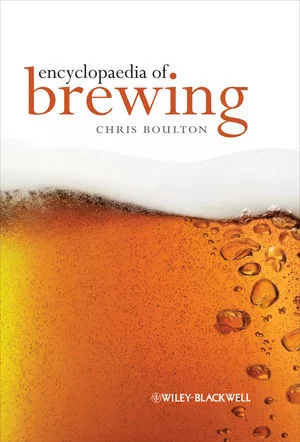Operations Perspective
The conditions and applications impacting utilities in beverage operations
Water remains most important utility for beverage facilities
Beverage operations require a myriad of energy support in the form of electricity, natural gas, water and other related categories referred to as utilities. The source of such energy categories might be some municipal department or private supplier depending on location and needs of a facility. Because utilities are absolute, beverage operators constantly are challenged with availability, what can or should be used, and the conditions involved in procurement and use of a utility?
The conditions with any utility normally involve source, rates, availability, time of usage, quantities consumed and type of service rendered. A generic approach is used, because it applies to most utilities in beverage operations.
In today’s environment, electricity is the prime issue to consider because current local sources could be inadequate, might come from distant areas and could present availability, acceptable rate and dependability problems. Review of present practices indicates rates and availability issues are most frequent and alternatives, including auxiliary power, constantly are being researched to maintain and sustain operating conditions.
To minimize the risks associated with varied and/or distant conventional sources, many producers have made power a priority project where needs are being evaluated and comprehensive studies undertaken to consider new and different technology such as solar, wind and nuclear sources, which could be more economical, dependable and risk proof.
As these studies progress, the application or use focuses on methods of application, adaptability, cost and the impacts that might result from such a transformation on machinery/equipment and support structures.
After viewing current conditions and in progress developments, the future power source must consider the extent limits the power grid is able to handle in the next decade or sooner.
The natural gas utility has assumed a more prominent role in beverage operations because in many situations application, economy and availability have made it a dependable source. However, LP gas still is widely used in areas where natural gas is not available.
From an operations perspective, the availability and use of any form of gas can present risk situations if not properly stored, handled and maintained in accordance with published guidelines. Because natural gas transmission is underground it offers protection against inclement weather and other natural detriments. Review of needs and applications of “gases” indicates some major changes could impact future use in various geographic areas as well as the number and type of sources available.
Water is probably the most important utility for the beverage arena even on a global basis, and two main factors will suffice to establish water as king. First, regardless of availability and source; municipalities, private wells, lakes, reservoirs or rivers, plants producing beverages install treatment systems to stabilize and purify water from any physical location.
Second, in this context, especially in municipal sourcing, an ever-present significant issue relates to sewer charge rates and percentage of water used for the actual product versus what amount is waste. The situation has prompted recycling wastewater for cleaning and other uses, which reduces or eliminates surcharges by the municipality.
The debate of product water versus wastewater will continue until some bona fide measuring system is developed, tested and accepted as a valid rate basis.
Looking for a reprint of this article?
From high-res PDFs to custom plaques, order your copy today!





